BWCA and Quetico Park Storm Stories
We had a chance to visit with some cabin owners who were camping in the Quetico Park during last week’s storm. Apparently they were very lucky as numerous trees fell down around their tent. They were kind enough to send us some photos of their campsite.
Also in this blog entry is an article about communication devices in the wilderness. Mike is quoted in the article.



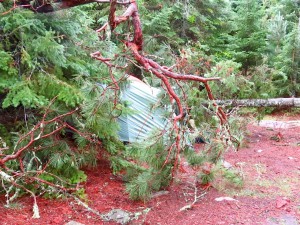
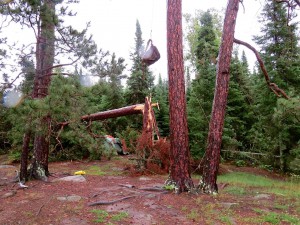
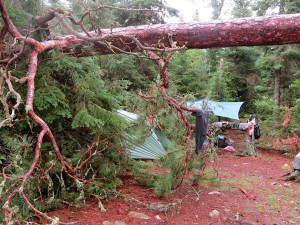
Satellite Phones Proving Vital in Wilderness
- Article by: Doug Smith
- Star Tribune
- July 26, 2014 – 11:21 PM
When fierce winds toppled trees onto two campers huddled in their tent in the Boundary Waters Canoe Area Wilderness last week, breaking bones, members of their group used a satellite phone to call for help.
Though the transmission was garbled, rescuers were able to locate the pair in the million-acre wilderness and, with much difficulty, get both to a hospital. Five other BWCA visitors also were hurt in the storm, which packed winds at 60 to 70 miles per hour.
The incident underscores the potential danger of traveling in a remote wilderness area, where help can be many miles and hours away. But they also highlight a trend — the increasing availability and use of satellite phones and other communication devices to call for help.
“We see more and more people with them,” said Kathy Zupancich of Zup’s Resort and Canoe Outfitters on Lac La Croix, which rents the devices to customers. Her husband, Mark, helped rescue the campers injured in Monday’s storm on Lady Boot Bay of Lac La Croix.
Kris Reichenbach, a spokeswoman for the U.S. Forest Service, agrees that more BWCA travelers, including Forest Service crews, are taking communication devices along.
“It’s certainly not a bad idea to have that as a backup if something goes wrong,” she said. “But we always urge people to not rely on technology to save them. It’s important for people to be prepared.”
Still, while more wilderness travelers are bringing such devices, those who do remain a small minority.
“I’d say maybe one in 10 (of our customers) rent a phone or bring their own,” Zupancich said.
“Most of our customers — definitely over 90 percent — don’t bring anything,” said Mike Prom, who with his wife, Sue, owns Voyageur Canoe Outfitters on Saganaga Lake along the Gunflint Trail. Like many outfitters, he rents satellite phones or SPOT messaging devices, which allow a person to send a text message. People also can track the wilderness traveler’s whereabouts with GPS.
“They can be helpful, but they also can give people a false sense of security,” Prom said. “We’re finding most people using [satellite] phones are using them to check on a sick parent or pregnant wife.”
His customers never have used one for a true emergency.
Prom and some others have mixed feelings about using such technology in the wilderness.
“There’s that inherent risk in the wilderness; that’s part of the reason you go,” he said. “It’s part of the challenge. You’re on your own.”
He and his wife don’t carry a device when they trek into the wilderness.
“It’s a decision people have to make,” said Prom, who is a local fire and ambulance volunteer. “I’ve been here 22 years, and I can count the number of serious injuries or deaths we’ve had [on the Gunflint Trail] on one hand.”
But Mark Anderson of Anderson’s Canoe Outfitters on Crane Lake saw firsthand last week the advantages of such devices. The two Louisiana residents who were hurt by downed trees on Lac La Croix were his customers. They had brought along their own satellite phone.
“They had 28 trees drop on that campsite. How long would they have been trapped without that phone?” he asked.
Satellite phones are expensive and owners must pay a monthly fee. Their reliability varies depending on satellite access.
Options in the BWCA and the neighboring 1.1 million-acre Quetico Provincial Park are limited. Cellphone coverage is spotty, at best.
“Generally people don’t even bring them, because it’s so hit and miss,” Zupancich said.
Anderson said improved cell coverage, including more nearby towers, would be a better alternative than satellite phones.
“Everyone has a cellphone,” he said. “These people could have seen that storm coming.” Anderson noted environmentalists opposed construction of a 450-foot cell tower near Ely last year. But better communications would improve safety for wilderness travelers, and he doesn’t see a conflict between technology and wilderness.
“People say it’s a wilderness, and it is, but this is 2014, not 1959,” Anderson said.
Two weeks ago a BWCA visitor went into diabetic shock, he said, and a canoeist with a satellite phone called for help. The person was flown out of the wilderness, but without quick action, could have died, he said.
Lt. Curt Erickson of the St. Louis County Sheriff’s volunteer rescue squad, who helped Monday in the Lac La Croix rescue, said one danger of more communication devices is questionable calls for help.
“We are more than willing to help people with legitimate needs,” he said.
But emergency responders are getting more calls, and some have been questionable, he said. Prom said a customer once sought emergency help at 11 p.m. when she couldn’t find a campsite.
The Boy Scout’s Northern Tier High Adventure base near Ely has its own radio system, and youths and their leaders take radios or satellite phones on every trip, said Kevin Dowling, general manager. “One of our requirements is to have an emergency backup system,” he said. “The only time they use the radio in the wilderness is in an emergency.”
When an eight-member Boy Scout group, facing big waves and strong winds, swamped a canoe in the BWCA last month and became stranded, they used a radio to call in help, which came via a motorboat, helicopter and floatplane.
“The radio worked effectively,” Dowling said. “That was a pretty dicey day.”
Meanwhile, Zupancich said the devastating 1999 BWCA storm seemed to spur more interest in wilderness communication devices. But it’s uncertain whether last week’s storm, and injuries, will prompt more travelers to carry them.
“We had a party come in the next morning, after the storm, and they chose not to rent them,” she said. “It’s personal preference.”
Doug Smith • dsmith@startribune.com

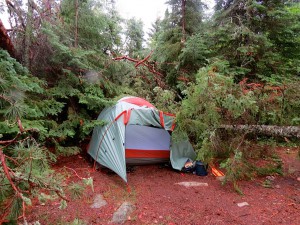
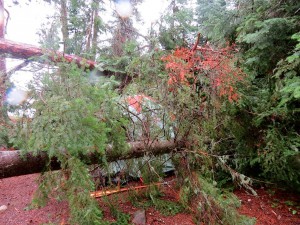
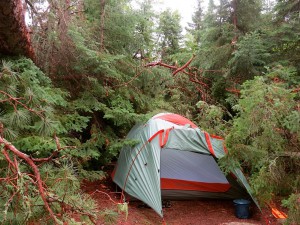
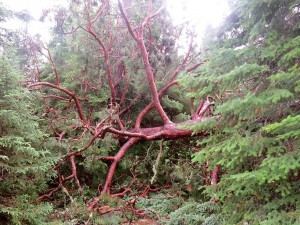
Leave a Reply
You must be logged in to post a comment.